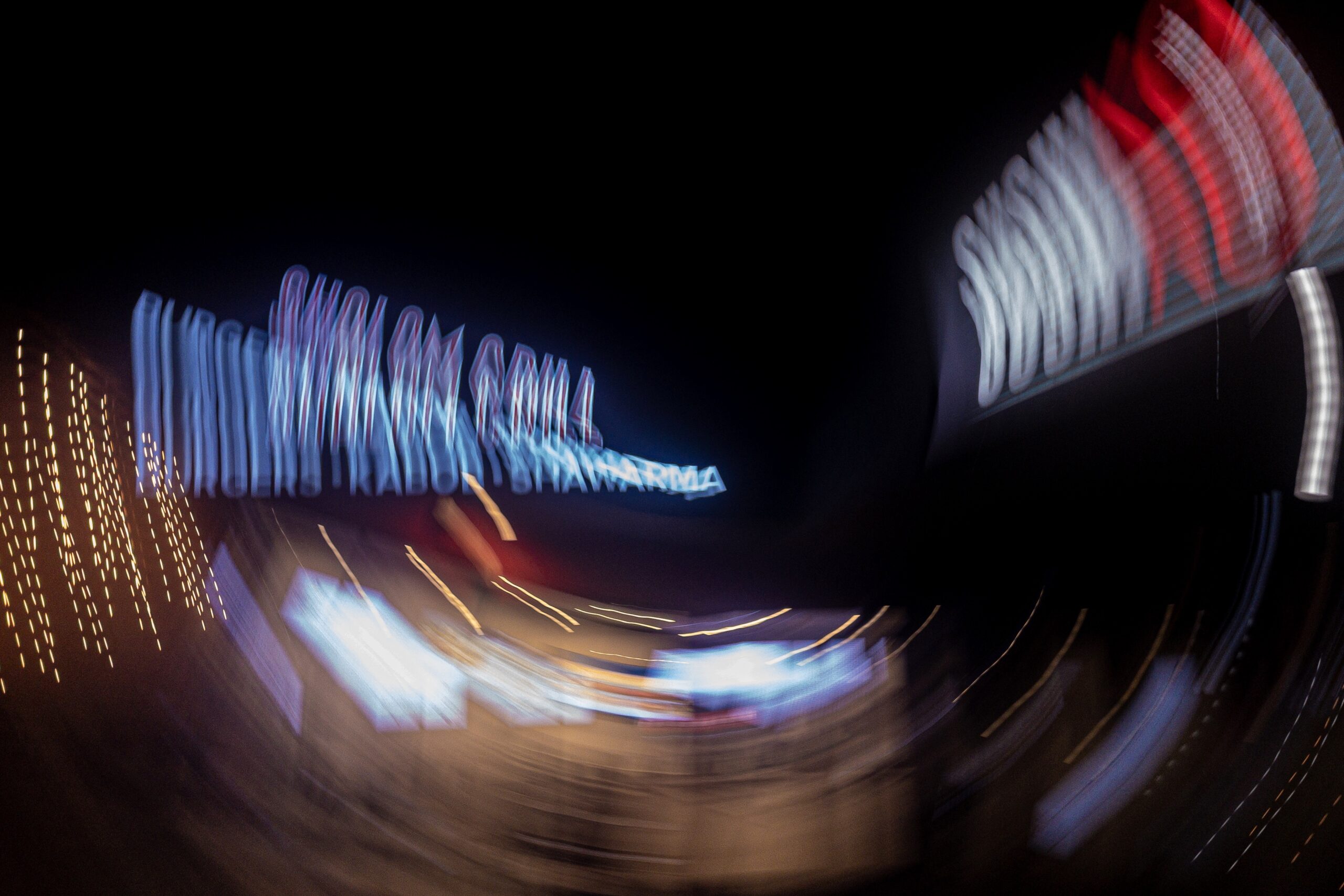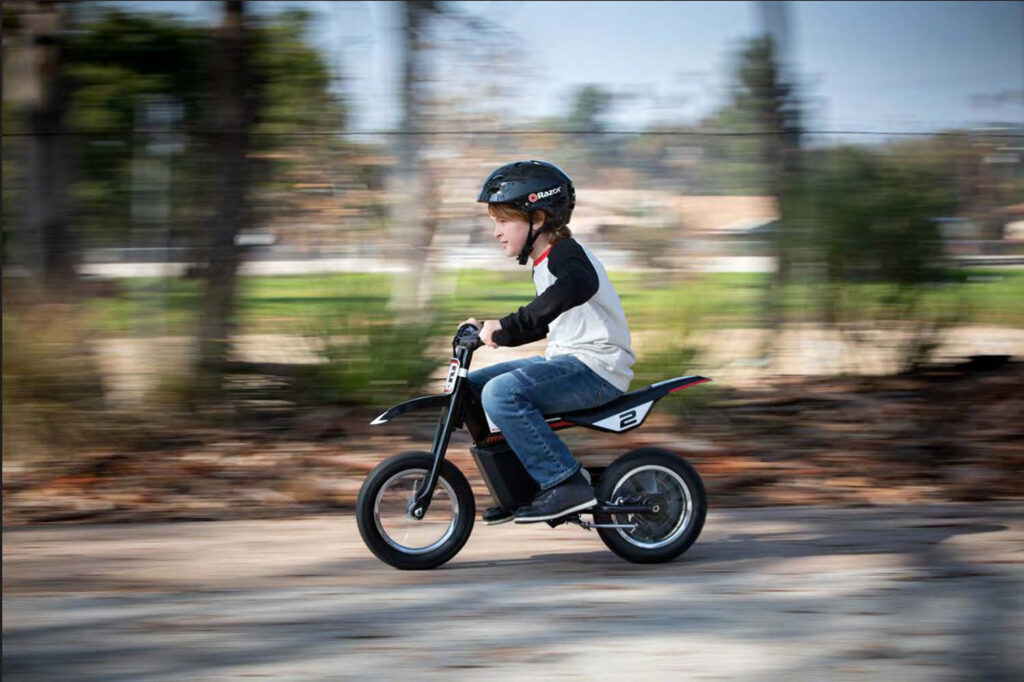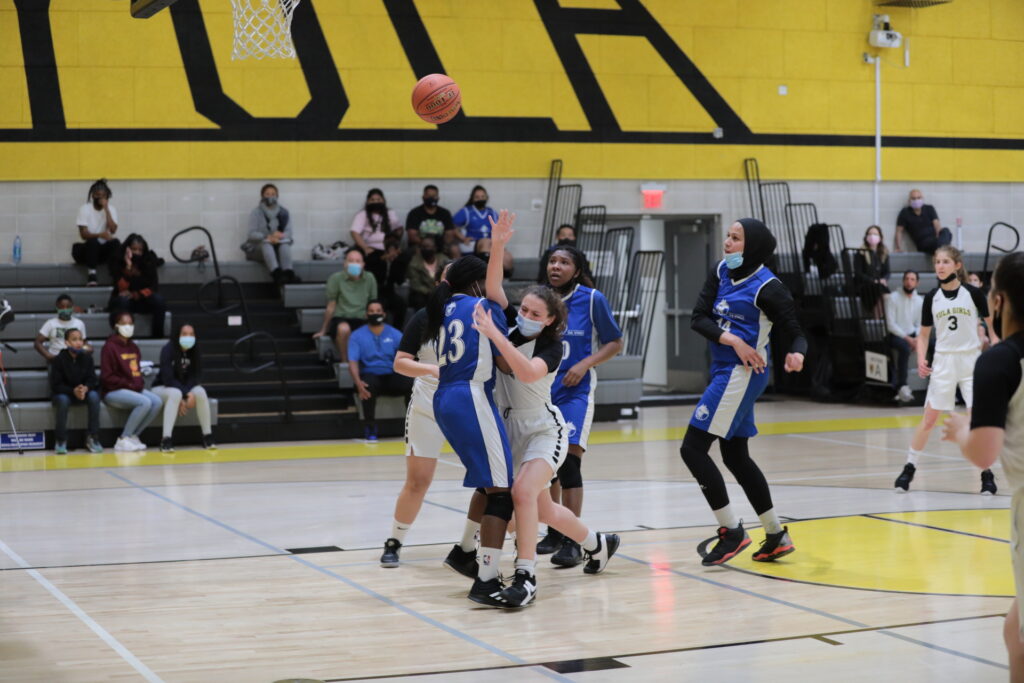Introduction to Shutter Speed in Photography
Learn the essential role of shutter speed in photography and its impact on conveying motion and exposure. Discover how this crucial setting affects the outcome of your images, whether freezing action or introducing captivating motion blur





